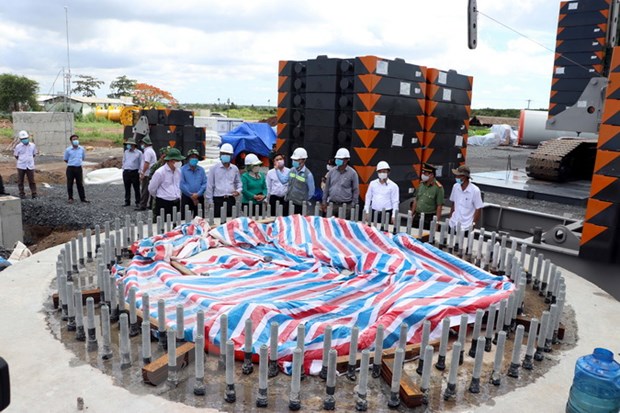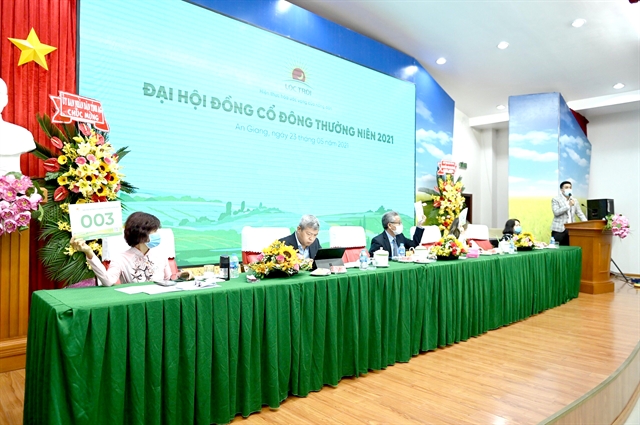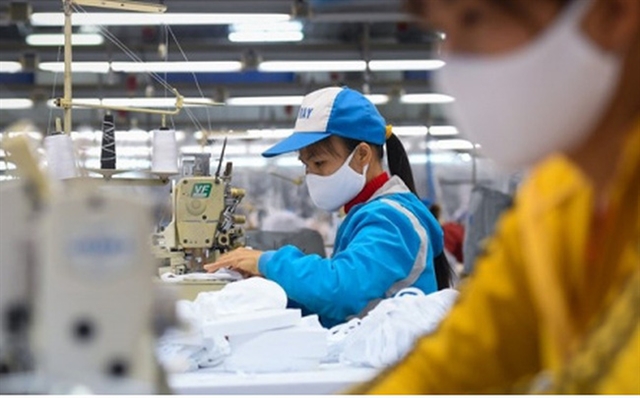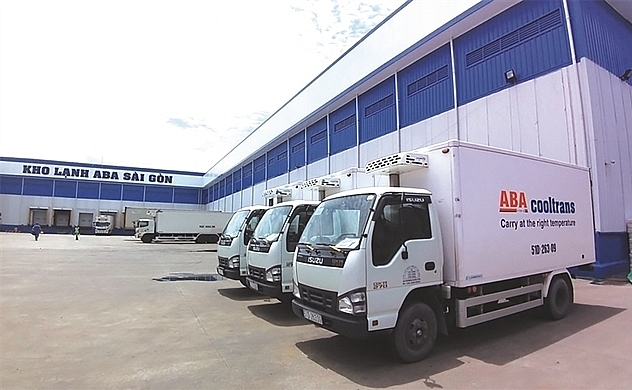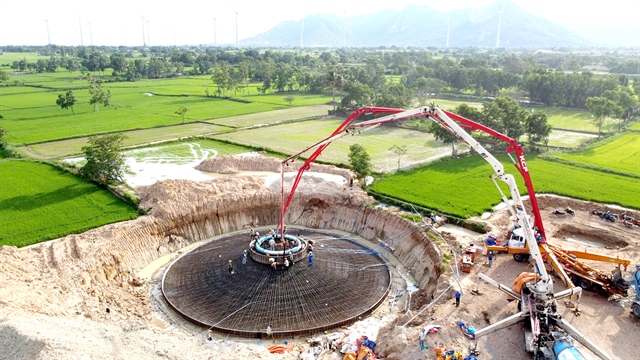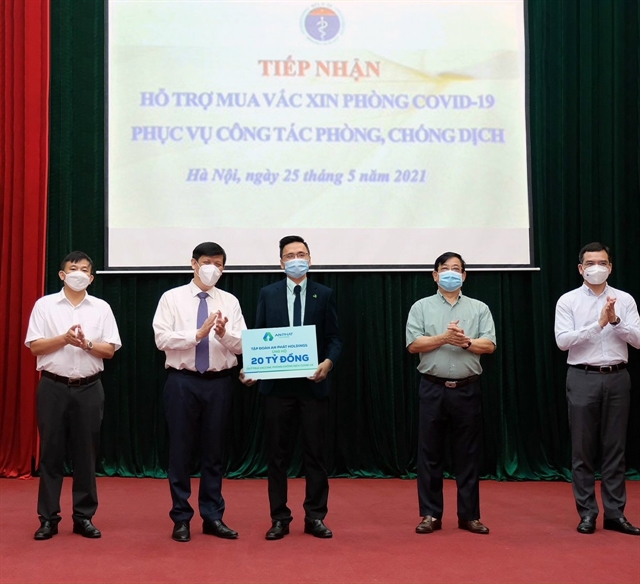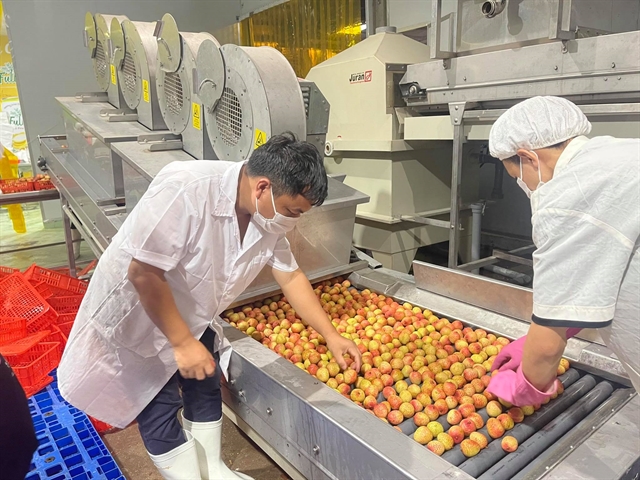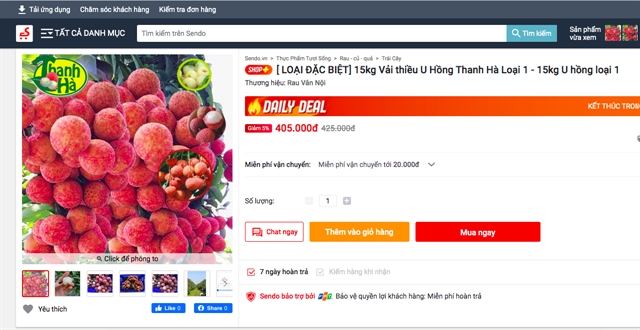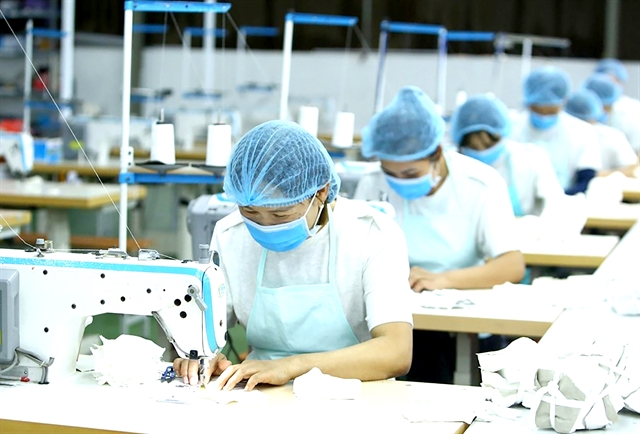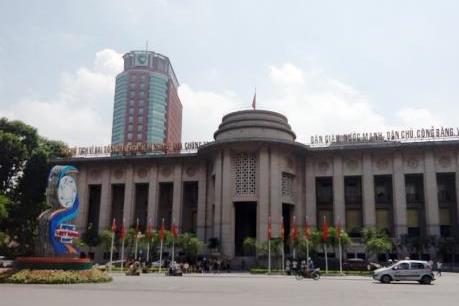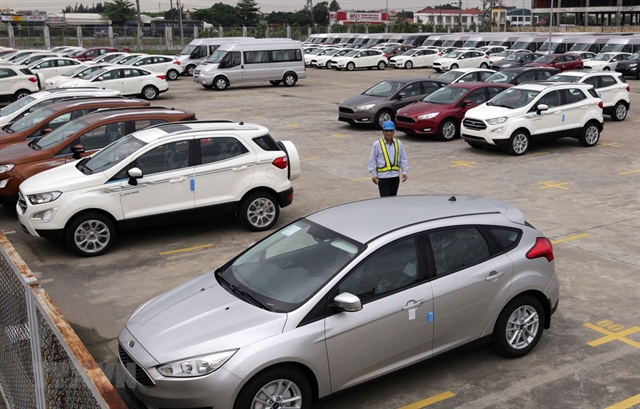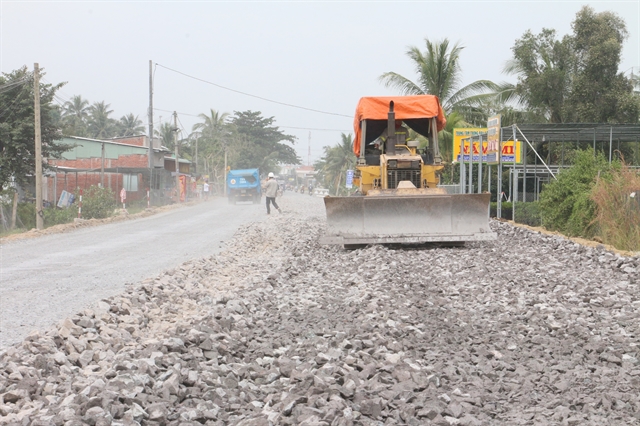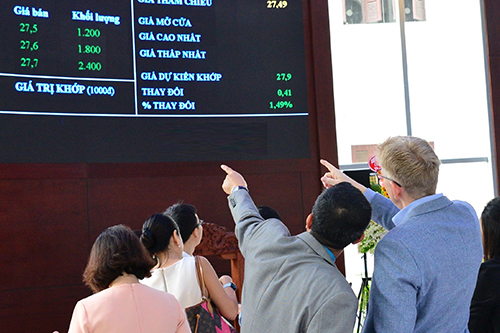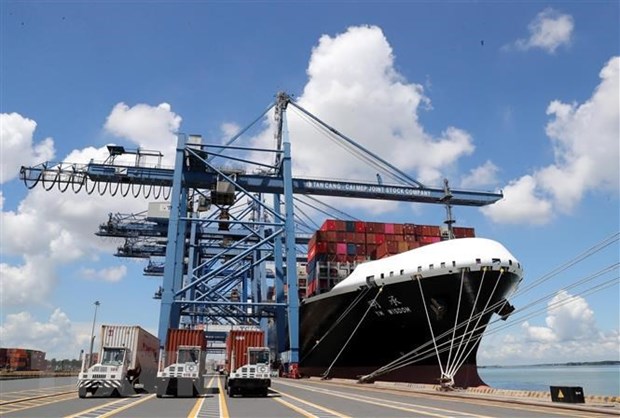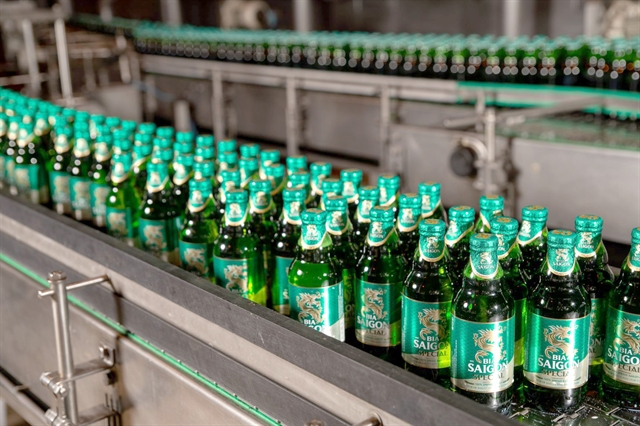
Amid several COVID-19 outbreaks, the agriculture sector has had plans to cope with the pandemic and maintain production and business.
Deputy Minister of Agriculture and Rural Development Phùng Đức Tiến speaks to local media about this issue.
During this COVID-19 outbreak, what has the Ministry of Agriculture and Rural Development (MARD) done to boost production?
The COVID-19 pandemic is affecting the global economy and also Việt Nam, including the domestic agricultural industry. In addition, the industry is also affected by livestock and poultry diseases, as well as natural disasters.
Therefore, the industry also has challenges in its production chain from the higher price of input materials and difficulties in harvesting, processing, transportation and consumption.
However, MARD has been restructuring agricultural production, focusing on national, regional and local products.
As a result, in the first three months of this year, the industry achieved growth of 3.16 per cent in export value to reach US$10.61 billion and a trade surplus of $2.87 billion.
Besides that, the ministry proposed amending Decree 57/2018/NĐ-CP to create favourable conditions for enterprises in the production and trading of agricultural products.
Enhancing the application of science and technology is also considered an important solution.
Việt Nam's warehouse infrastructure and processing technology are still backward, we need to focus on the development of deep processing to enter into the global market and improve the value of farming products. Along with that, the application of technology will promote disease management for crops and livestock, and ensure food safety and traceability.
In the production chain, which stage needs the most attention to reduce the negative effects of the pandemic?
The most attention is needed on the processing stage because processing lines are an important stage for domestic production and export.
Therefore, the ministry has directed enterprises to keep processing plants safe. Most processing facilities require workers to strictly follow the health ministry’s 5K (in Vietnamese) message: Khẩu trang (face mask) – Khử khuẩn (disinfection) – Khoảng cách (distance) – Không tụ tập (no gathering) – Khai báo y tế (health declaration). As a result, the farming product processing enterprises have so far had no COVID-19 cases.
Along with that, the MARD works with localities to implement the restructuring of the agricultural sector, and flexibly and proactively co-ordinates with the Ministry of Industry and Trade to promote the consumption of agricultural products.
The ministry has flexible solutions to promote the consumption of farming products, avoiding hold-ups in the consumption of farming products as in previous outbreaks.
This fourth outbreak is developing very fast, how has the MARD developed production plans during this?
The ministry has specific plans. For food production, the industry expects to achieve a total rice output of 43 million tonnes this year, of which 14.5 million tonnes is for domestic consumption, 7.5 million tonnes for processing, 3.5 million tonnes for reserves, 1 million tonnes for re-production and 13.5-13.8 million tonnes for export.
The output of vegetables is expected to reach about 18 million tonnes, of which more than 4 million tonnes is for export. The fruit output is estimated to stand at about 5 million tonnes.
Meanwhile, other products could reach 8.6 million tonnes of seafood, 5.6 million tonnes of meat, 15 billion eggs and 1.2 million tonnes of milk.
However, the most difficult thing at present is processing infrastructure and warehouses, especially cold storage. To upgrade the infrastructure, we need technology and a lot of capital. In recent years, investment in agricultural infrastructure has accounted for only 5.7 per cent of the budget.
The domestic supply can be ensured, but how will the sector gain its export target?
The agriculture industry is not only affected by the COVID-19 pandemic but also risks such as diseases of crops and animals and natural disasters.
However, Việt Nam’s agriculture sector has 13,500 enterprises, 17,000 co-operatives with more than 34,000 farms, and 8.6 million farming households that form a production chain to ensure food supply.
Besides that, the ministry now connects with consumption channels, including the supermarket system, and e-commerce and retail channels in the world and ensures supply to fulfil the export target.
The ministry is also asking localities and especially businesses to pay more attention to product branding and traceability.
It hopes that with a better business environment, many large enterprises will put more investment in the agricultural sector. If large enterprises connect with farms, co-operatives and farmers, the agricultural industry will have sustainable production, stable supply and higher export.
Along with that, if the domestic agricultural industry can produce safe off-season food by applying science and technology, it will reduce a lot of pressure on supply. At present, the application of science and technology in agriculture has reduced post-harvest losses by 35 per cent to improve productivity and quality. However, there are still many opportunities to invest in science and technology in the production and processing of agricultural products. VNS
